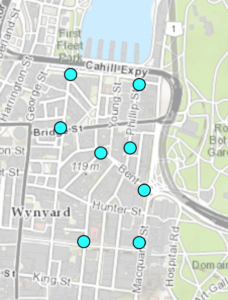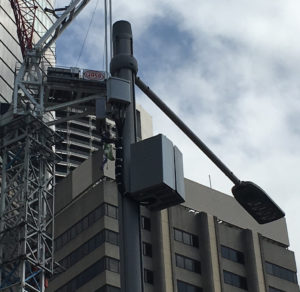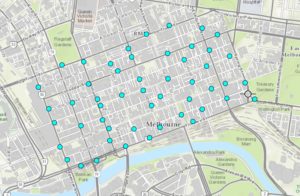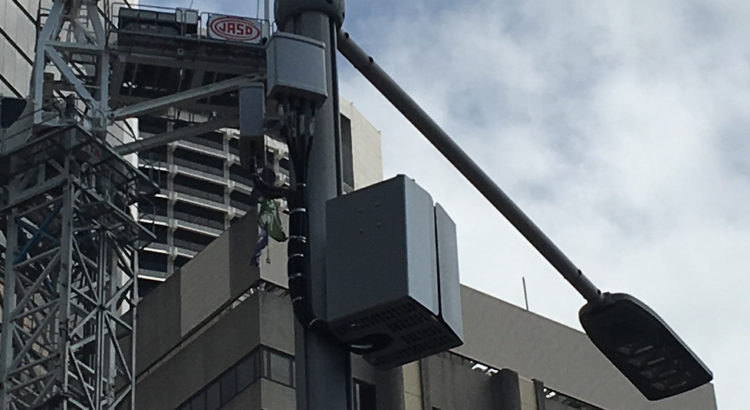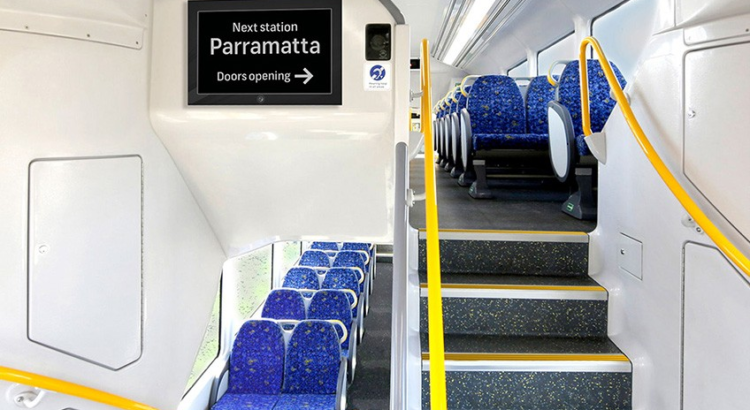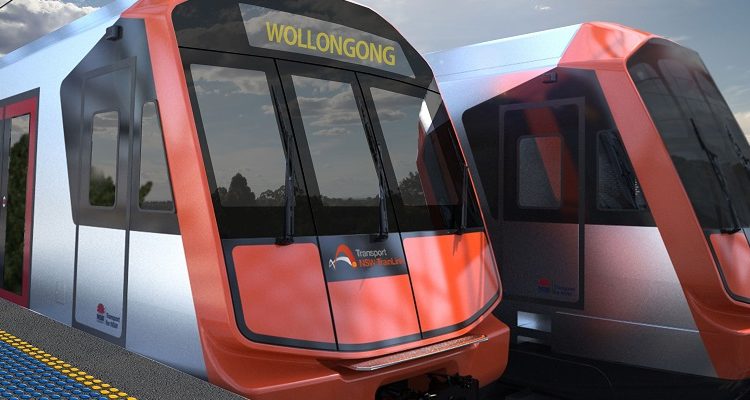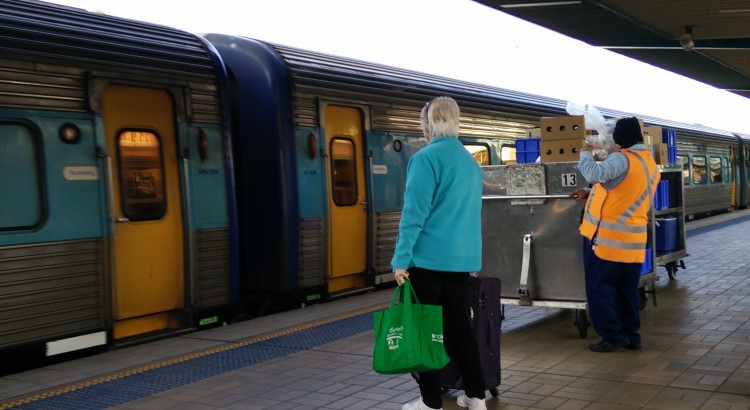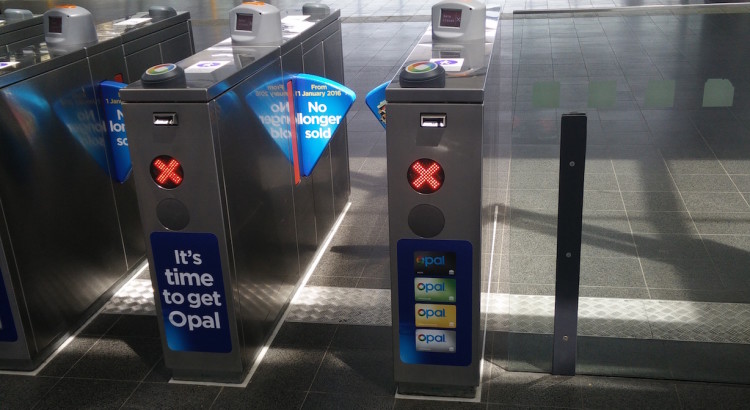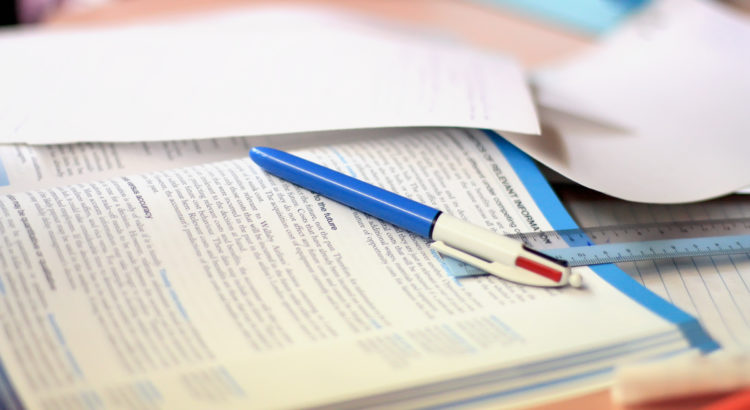STEM back on the agenda, but compulsory English still needs major reform
Today, the Minister for Education announced wide set of changes to the NSW Higher School Certificate (HSC) over the next four years. Here are a few thoughts I had on some of the changes:
New syllabus for science courses
Amongst the changes are new course structures and syllabuses for English, Mathematics and Science as well as a renewed focus on STEM (Science, Technology, Engineering and Mathematics) courses.
Having reviewed the draft syllabus writing briefs and consultation reports — science subjects are shifting away from a “social science” focus and instead re-focusing on the fundamentals of science.
For example, the current Chemistry module on Acids and Bases (called The Acidic Environment) has a focus on the history of acids were defined, the uses of esters and acids in society and the impact of things like acid rain to society. In HSC exams, the “big mark” questions are based almost entirely on social impact of science rather than the actual chemistry.
The current syllabus writing brief indicates drops almost all mention of societal impact. It lists four fundamental topic areas for Acids and Bases: Types of acids, pH and pOH, Strength of acids and Volumetric analysis.
I certainly don’t want to see the social science portion eliminated; having students understand applications is extremely useful for students to contextualise their learning and I believe, improves engagement. However, I do think reducing (not eliminating) the social science components will help students prepare for further education beyond the HSC.
The announcement also confirmed that they will be adding an extension course for science subjects. The lack of an extension science course was always a head scratcher for me. There are extension subjects for the two largest arts subjects (English and History), yet none existed for science. This is an exciting and a long awaited development.
Renewed English syllabus
I am, however, disappointed at the lack of major reform in the English courses. The current Advanced and Standard English courses can be characterised more as a philosophy and media course than an English course, and it certainly doesn’t seem like that has changed.
Other than changes in the name of modules, there are no significant changes to the course content.
For English (Advanced), the modules map almost directly from the old to the new syllabus:
- Area of Study (Discovery) => Texts and Human Experiences
- Representation and Text => Textual Conversations
- Critical Study of Texts => Critical Study of Literature
- Comparative Study of Texts and Context => The Craft of Writing: Writing Through Time
As the HSC’s only compulsory subject, the subject does not teach or assess English skills independent of history, differing views (or politics) and “human experiences” (all of which are non-English concepts).
There are some who argue that Mathematics is a waste of time, yet we use it every day; whether it’s in the supermarket or balancing our bank accounts. The Board has developed a HSC course which teaches and assesses these essential skills (General Mathematics) and will soon incorporate it into the common part of both streams of Mathematics (see below).
However, general literacy and English skills are not the focus of any of the ATAR-eligible, board-developed HSC English courses. Skills like expressing ideas in various ways like through speeches, reports or essays; or comprehension skills from these works. This is what a compulsory English subject should teach and assess on — at least in part.
The Fundamentals in English course does explore these skills; but studying that subject will make you ATAR ineligible (unless you intend to repeat Year 11 and 12 studying the other English course).
It’s not to say that the current English courses should not exist — it should! But don’t make that part the compulsory subject!
Common scale for General Mathematics and other Mathematics courses
Unlike the Standard and Advanced English courses, students currently studying General Mathematics 2 and other Mathematics courses (2 unit, Extension 1 and Extension 2) are scaled independently of one another. This encourages high achieving students to study the General Mathematics course rather than the more advanced Mathematics courses to score higher marks in the HSC and also potentially a higher ATAR.
The changes announced will see the syllabus of both Mathematics streams share common components and a common paper (much like the Area of Study module in English) to enable students from the two course streams to be reported on a common scale.
I think this is a logical move and also, long awaited. The current Mathematics course lacked focus on some relatively basic Mathematical skills like statistics. Renewed focus on these modules and sharing a common scale will encourage more capable students to take up the more advanced Mathematics subject.
